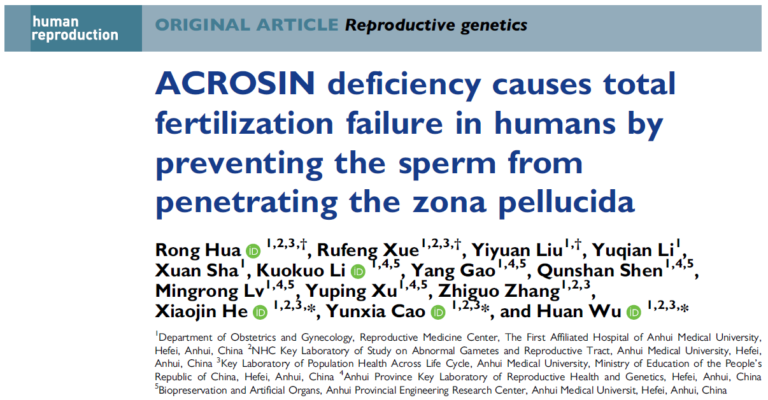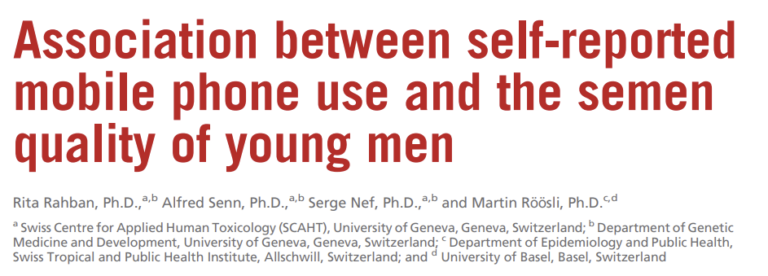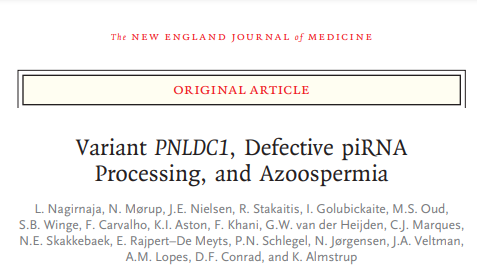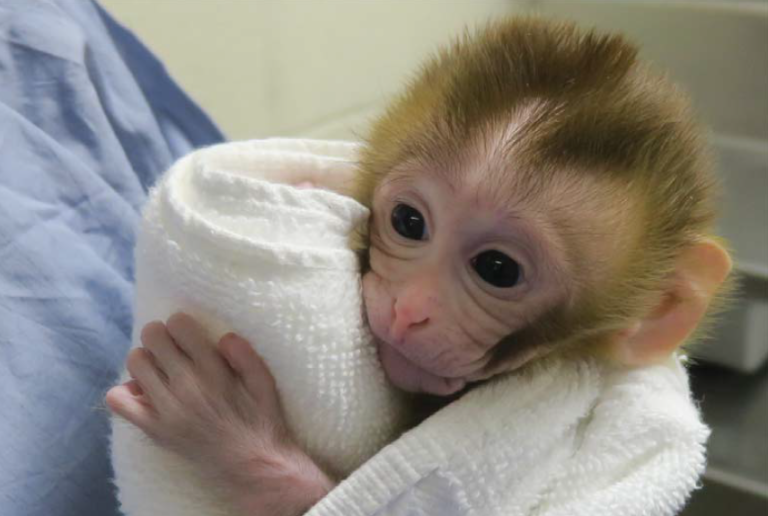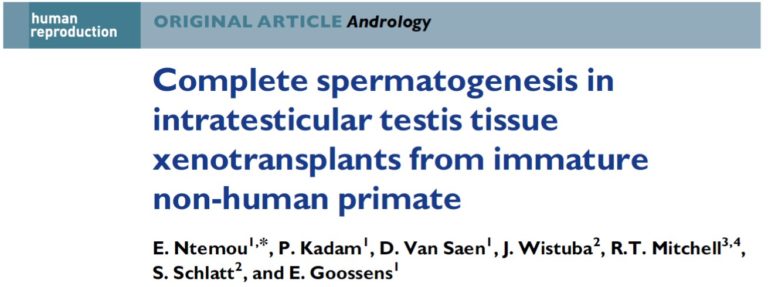ACROSIN deficiency identified as a cause of total fertilization failure and thus, male infertility in humans
In a most recent study, Hua and colleagues have identified a rare homozygous nonsense mutation in the ACR gene as a causative factor for male infertility, specifically leading to Total Fertilization Failure (TFF) during in vitro fertilization (IVF) attempts. The findings, published in Human Reproduction, shed light on the genetic basis of TFF, offering new …

